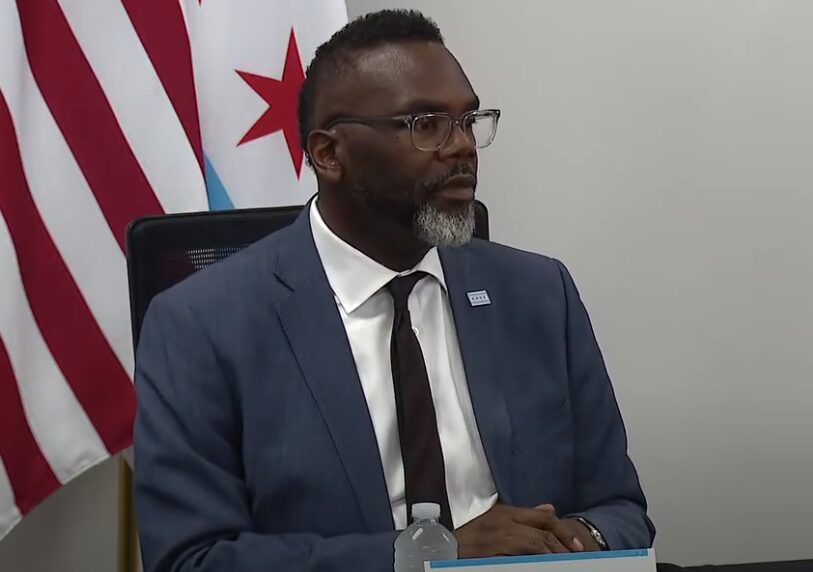Earlier this week, a district court rejected a request for a preliminary injunction to stop the Bureau of Alcohol, Tobacco, Firearms, and Explosives (ATF) from enforcing its pistol brace rule. This week, a panel of three judges of the United States Court for Appeals in the Fifth Circuit reversed this decision and remanded the matter to the district court for further consideration.
The three justices were Jerry E. Smith (appointed by Ronald Reagan), Don Willet (appointed by Donald Trump), and Stephen A. Higginson (appointed by Barack Obama).
Instead of considering whether the pistol brace requirement was lawful, they focused on the plaintiff’s argument that it was an APA violation.
The case was remanded to the district court for further review after the Firth Circuit panel found two to one to overturn the district court’s decision. In doing so, it made notice of the district court’s treatment of the ATF regulation as “interpretive” as opposed to “legislative” in character. As a result, an “interpretive” rule is one that is not covered by APA rules.
The Fifth Circuit court did, however, point out that the ATF rule is “legislative” in character, meaning the APA rules indeed apply:
“We now turn to the plaintiff’s assertion that the Final Rule is unconstitutional under both procedural and substantive grounds. Plaintiffs demonstrate a strong possibility of victory on the merits on that front. The ATF falsely asserts that the Final Rule does not pass the logical-outgrowth test because it is just interpretative and not legislative. The Final Rule has a major impact on private interests, speaks with legal authority, and impacts individual rights. It has a legislative character as a result.”
The Fifth Circuit panel focused on the variations between the ATF’s Proposed regulation and the organization’s Final Rule, stating that the variation between the version that was proposed and the completed regulation “breaches the APA.” The Proposed as well as Final Rule have to be similar in kind,” it stated, “so that commentators have a reasonable expectation of the Final Rule.”
The panel stated that “the Final Rule in addition to the Notice of Proposed Rule making (NPRM) bear very little similarity to one another.”
It stated that because of how drastically the NPRM and Final Rule differ, “it is nigh not possible for a regular citizen to figure out what is considered a braced pistol, as well as outside of the nearly sixty simultaneous adjudications which the ATF had released, whether or not a particular braced pistol demands NFA registration.”





